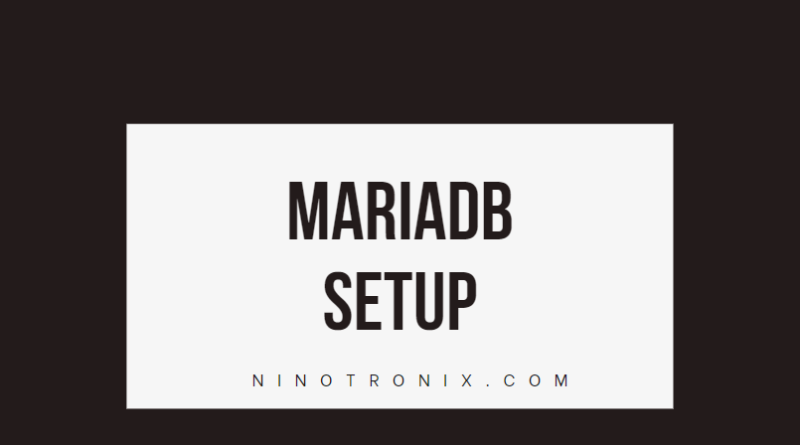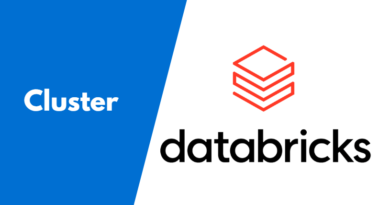MariaDB: The Open Source Database for Modern Applications
MariaDB is an open source relational database management system (RDBMS) that was forked from the popular MySQL database in 2009. It was created by the original developers of MySQL in response to concerns about its acquisition by Oracle Corporation.
MariaDB has become increasingly popular among developers and businesses due to its enhanced features, performance, security, and compatibility with MySQL. It is licensed under the General Public License (GPL) and is free to use, modify, and distribute.
One of the main advantages of MariaDB is its compatibility with MySQL. This means that most MySQL applications can run on MariaDB without any modification. However, MariaDB offers additional features that are not available in MySQL, such as support for more storage engines, improved query optimization, and better performance on multi-core CPUs.
MariaDB is also known for its scalability and high availability. It supports sharding, replication, and clustering, which allow it to handle large amounts of data and traffic. In addition, it has built-in support for parallel replication, which improves the speed and reliability of replication.
Another key feature of MariaDB is its security. It includes several security enhancements, such as improved encryption, support for roles and privileges, and audit logging. It also includes a plugin system that allows for easy integration with third-party authentication systems and encryption technologies.
MariaDB is designed for modern applications that require high performance and scalability. It is optimized for web applications, cloud environments, and big data workloads. It includes built-in support for NoSQL interfaces, such as JSON and XML, which allows developers to easily store and retrieve semi-structured data.
MariaDB is also designed to be easy to use and administer. It includes a user-friendly graphical interface called MariaDB Workbench, as well as command-line tools for managing and monitoring the database. It also includes support for automated backups and point-in-time recovery.
MariaDB has a large and active community of developers and users. It is supported by major cloud providers, such as Amazon Web Services and Google Cloud Platform, and is used by many high-profile companies, including Wikipedia, Red Hat, and Booking.com.
In conclusion, MariaDB is a powerful and versatile open source database system that offers many advantages over traditional RDBMS solutions. Its compatibility with MySQL, scalability, high availability, security, and modern features make it an attractive choice for developers and businesses alike.
Mariadb setup on linux
- Update your package lists:
sudo apt update
- Install MariaDB:
sudo apt install mariadb-server
- Secure your MariaDB installation:
sudo mysql_secure_installation
This command will prompt you to set a root password, remove anonymous users, disable root login remotely, and remove test databases. Follow the prompts to complete the setup.
- Start the MariaDB service:
sudo systemctl start mariadb
- Check the status of the service:
sudo systemctl status mariadb
You should see a message indicating that the service is active and running.
- Enable the service to start automatically at boot:
sudo systemctl enable mariadb
- Connect to the MariaDB server:
sudo mysql
You should now be connected to the MariaDB server and can begin running SQL commands. For example, you can create a new database by running:
CREATE DATABASE mydatabase;
And you can create a new user with permissions to access that database by running:
GRANT ALL ON mydatabase.* TO 'myuser'@'localhost' IDENTIFIED BY 'mypassword';
Replace “mydatabase”, “myuser”, and “mypassword” with your own values.
That’s it! You now have MariaDB set up and running on your Linux system.




